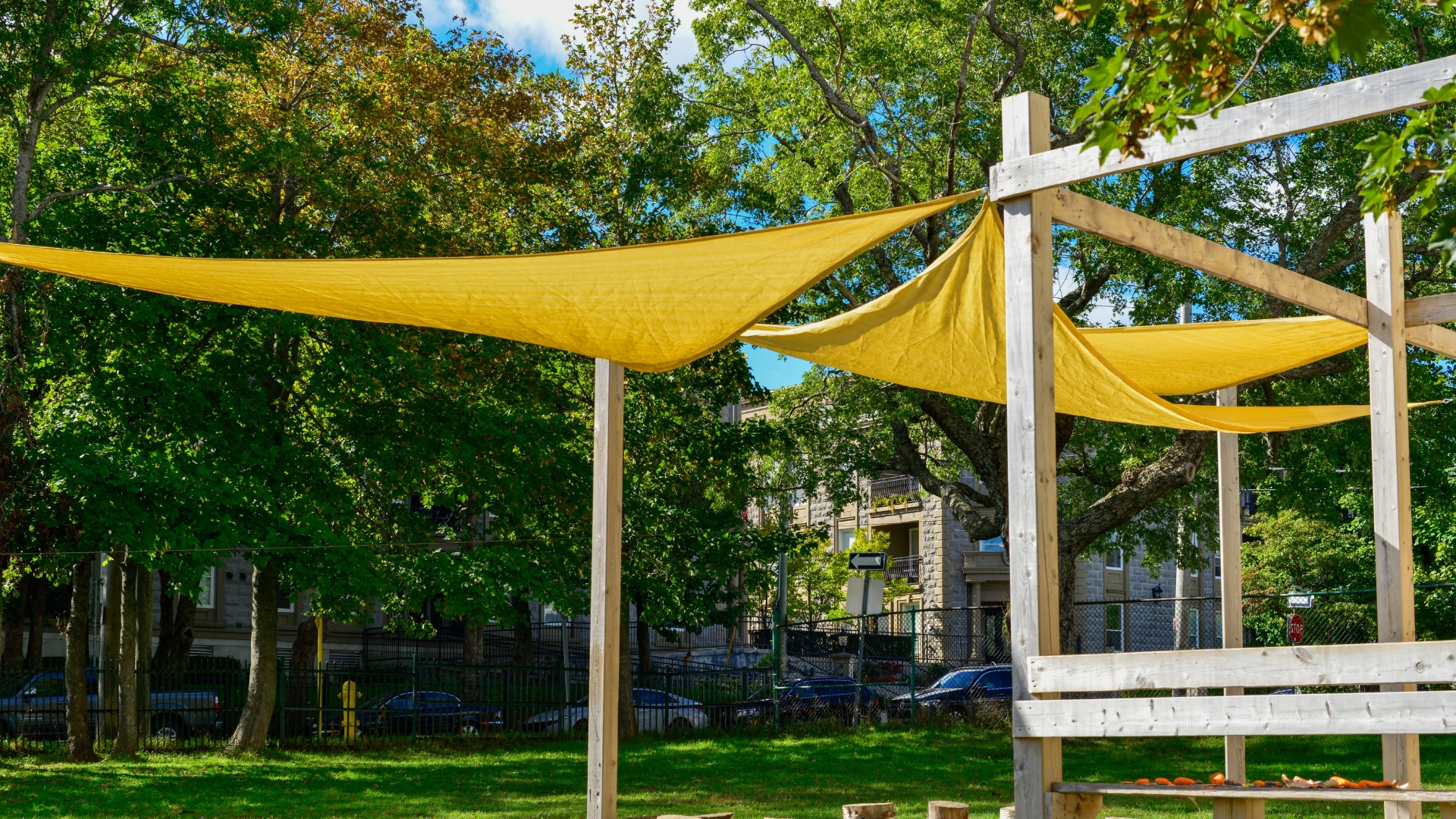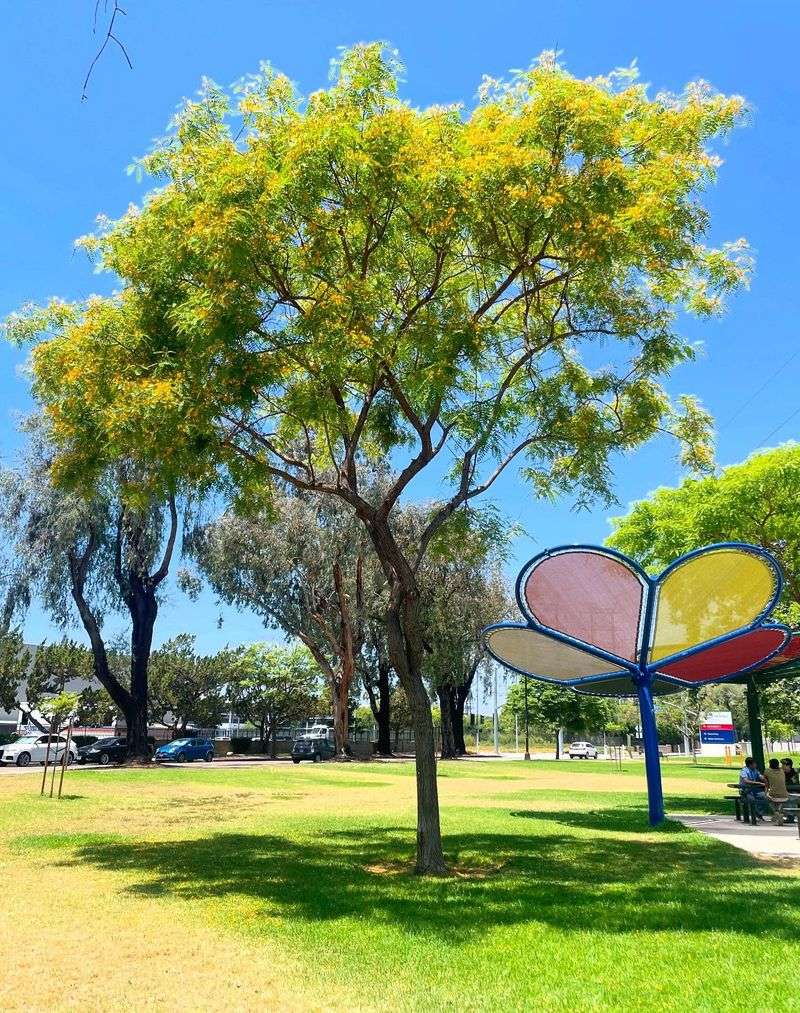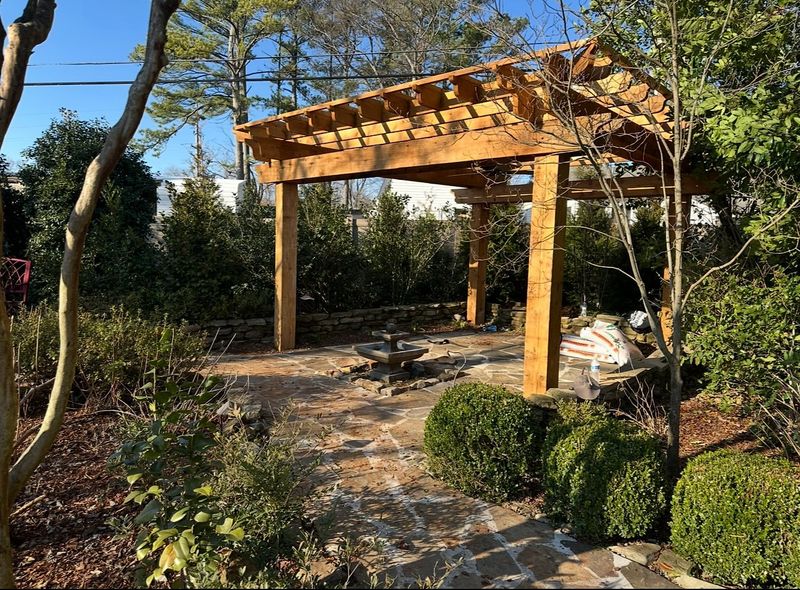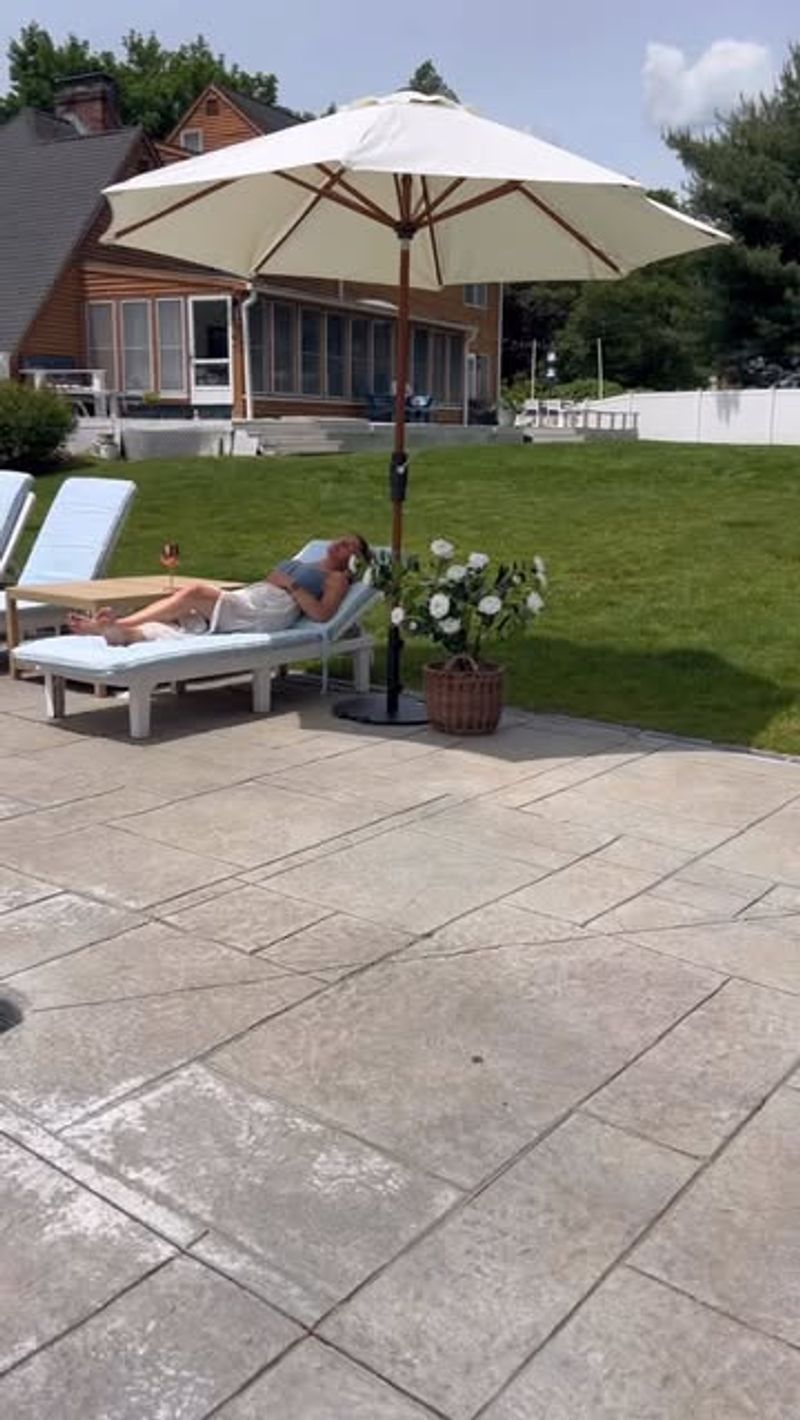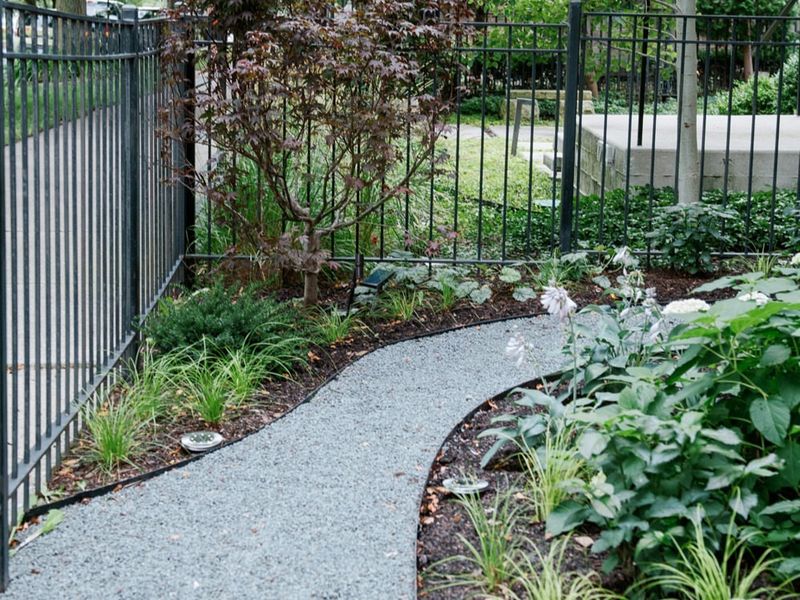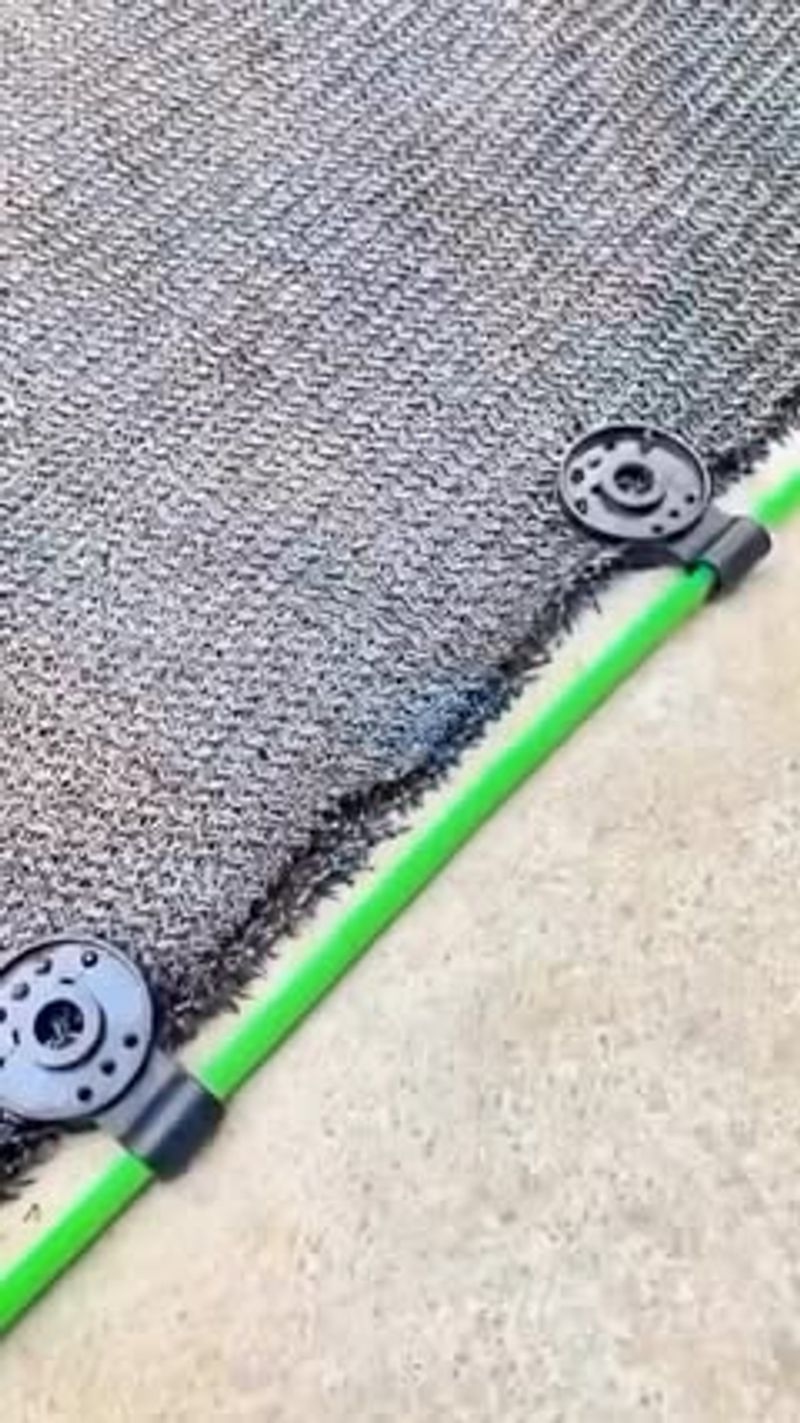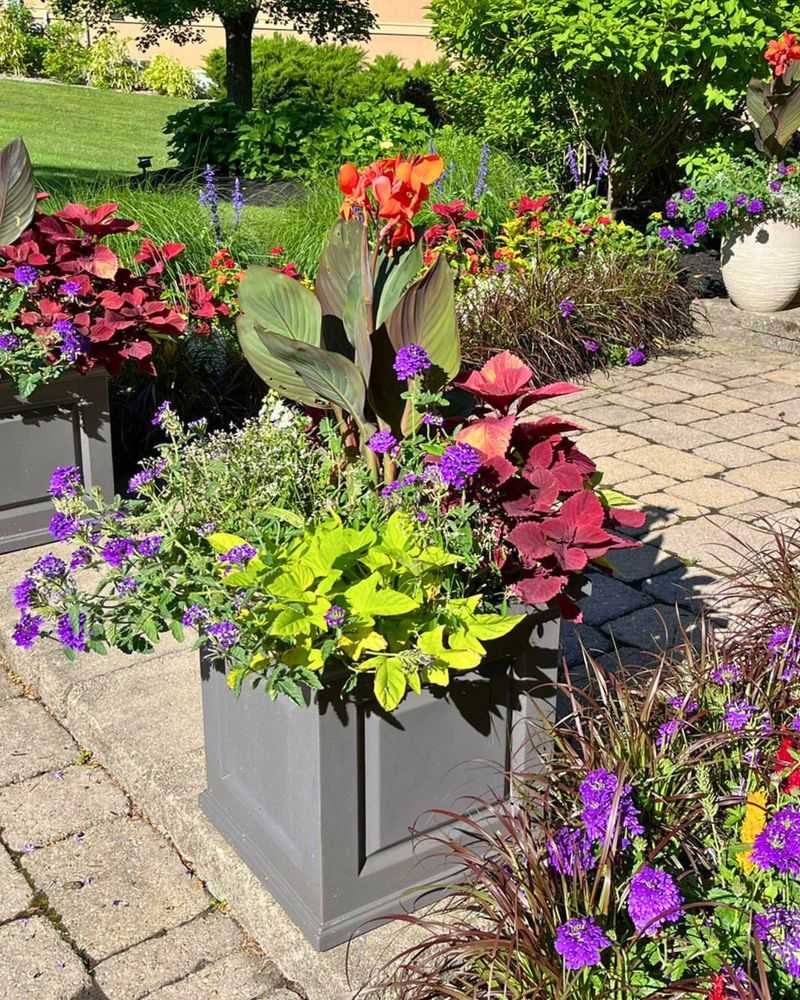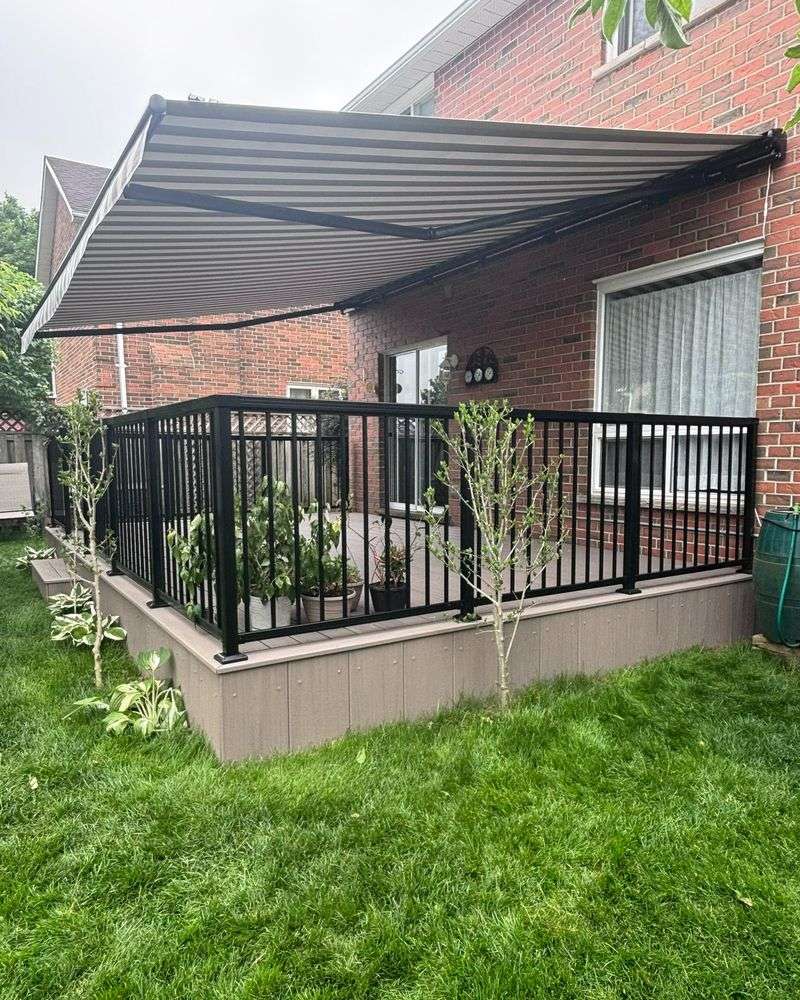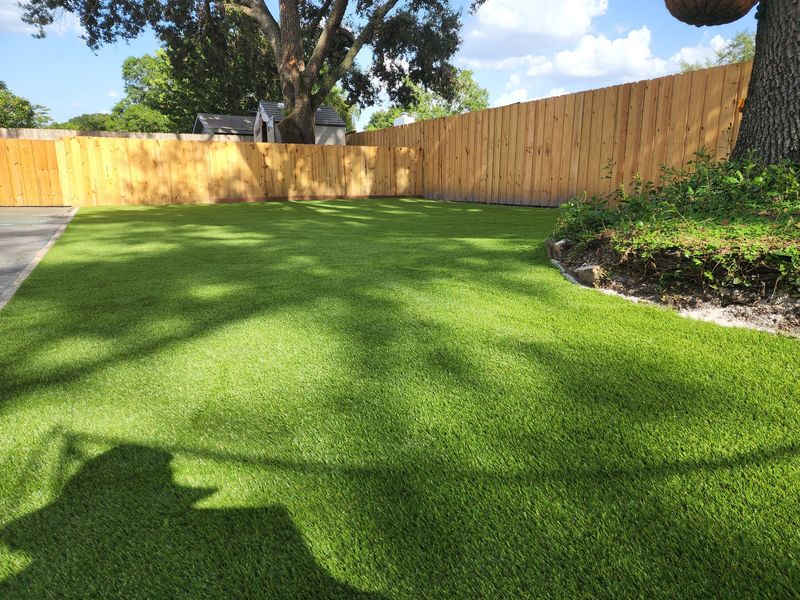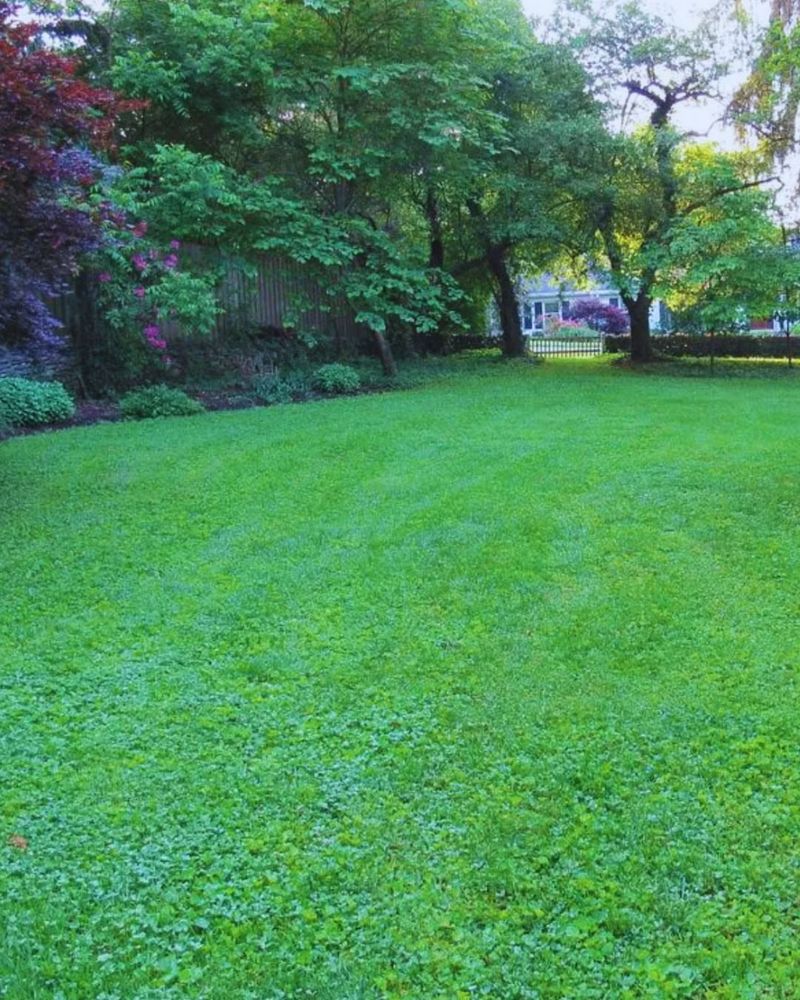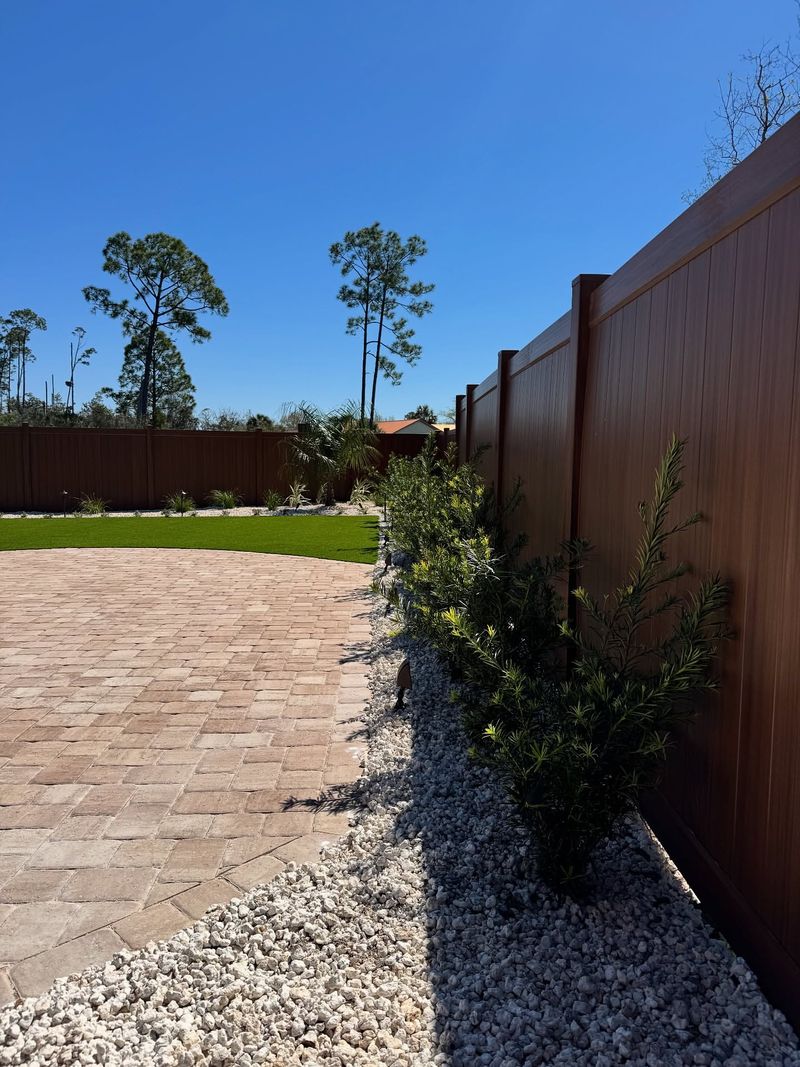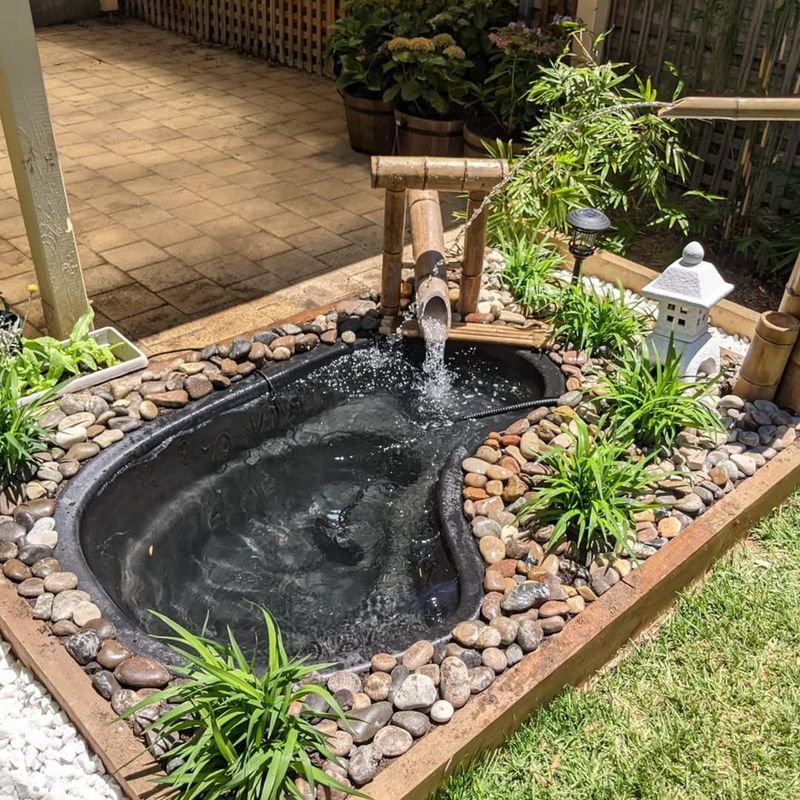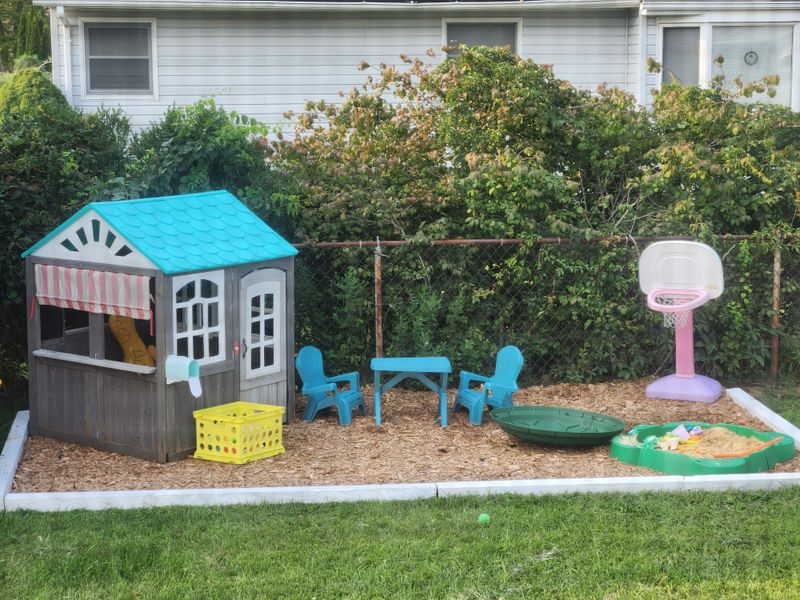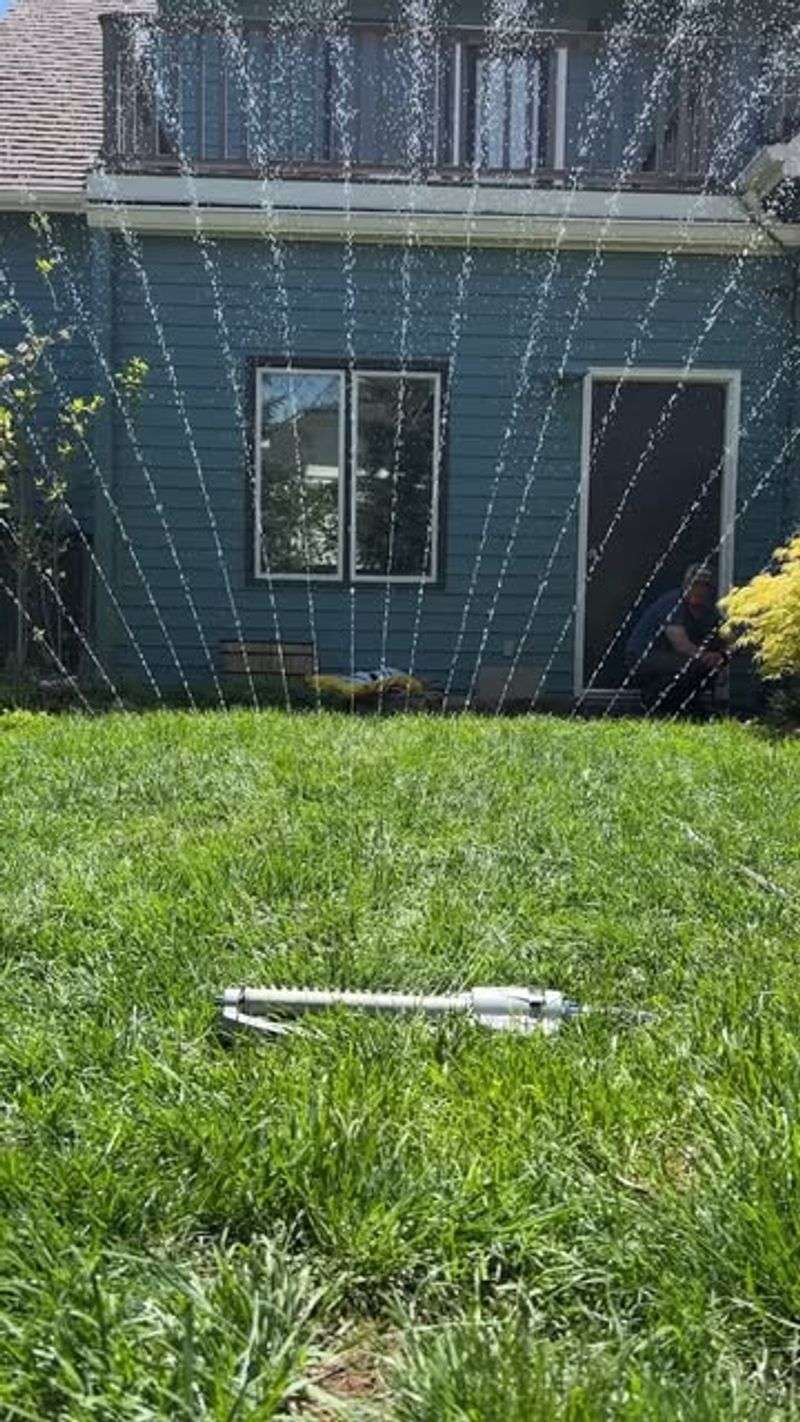Florida sun can be brutal, and your lawn feels it too—trust me, mine nearly gave up last July. That’s why more folks are turning to smart shade tricks to keep their grass cool and green.
Think umbrellas, strategic planting, even that quirky garden trellis your neighbor loves. A little shade can go a long way when the temps won’t quit.
Let’s help your lawn chill out before it sizzles into a patchy mess!
1. Install Shade Sails
Colorful fabric triangles suspended above your lawn create instant cool zones without permanent structures. Many Florida homeowners find these affordable alternatives to gazebos particularly effective during peak sun hours.
They’re easy to adjust seasonally and can be taken down during hurricane warnings. Plus, they add a resort-like feel to your backyard while protecting vulnerable grass patches.
2. Plant Fast-Growing Trees
Live oaks and red maples thrive in Florida’s climate while providing generous canopies for grass protection. Their sprawling root systems actually help stabilize soil during those unexpected afternoon thunderstorms.
Strategic placement on the southern or western side of your property maximizes afternoon shade. Native Florida species require less maintenance and attract beneficial wildlife to your yard.
3. Create Pergola Retreats
Wooden structures covered with climbing vines offer dappled light that’s perfect for grass underneath. Florida gardeners often choose jasmine or bougainvillea for their drought tolerance and vibrant blooms.
The partial shade created allows enough sunlight for grass growth while preventing scorching. These architectural elements define outdoor living spaces while serving a practical lawn-saving purpose.
4. Use Movable Umbrellas
Oversized patio umbrellas on wheels let you target different lawn areas throughout the day. Smart Florida homeowners follow the sun’s path, repositioning these portable shade-makers to protect the most vulnerable grass sections.
Look for UV-resistant fabrics that won’t quickly fade in the intense Florida sunshine. These versatile options work well for smaller yards where permanent structures might overwhelm the space.
5. Build Arbor Walkways
Curved garden pathways topped with arching trellises create cool corridors through hot lawns. Many Florida neighborhoods showcase these functional garden features draped with morning glories or confederate jasmine.
The narrow bands of shade they cast help break up sun exposure across your yard. They’re particularly effective when aligned with the east-west sun path to maximize shadow coverage throughout the day.
6. Deploy Shade Cloths
Mesh fabric panels specifically designed for plant protection can be suspended over struggling lawn sections. Florida’s nursery professionals recommend 30-40% density cloths that block harmful rays while allowing rainwater through.
These temporary solutions work wonders during July and August when sunshine is most intense. Many Florida homeowners use PVC frames to create simple, effective shade structures that can be disassembled when needed.
7. Position Container Gardens
Large pots with tall plants create natural shade pockets that protect surrounding grass. Florida gardeners often use banana trees, ornamental grasses, or cannas in wheeled planters for maximum flexibility.
Moving these living shade-makers throughout the growing season helps prevent any single area from getting too stressed. The added bonus? These container gardens bring vertical interest and color to your Florida landscape.
8. Install Retractable Awnings
Motorized canvas extensions from your home’s exterior walls provide on-demand lawn protection. Many Florida properties feature these adjustable shade solutions that can be extended during peak heat hours.
The significant shadow they cast helps cool both your home and adjacent lawn areas. Modern weather-sensing models automatically retract during high winds, perfect for Florida’s unpredictable summer storms.
9. Create Hardscape Shadows
Decorative garden walls, stone features, and even outdoor kitchen areas cast beneficial shadows at different times of day. Florida landscape designers often position these elements to shield grass during afternoon heat while maintaining morning sun exposure.
Varying heights create interesting shadow patterns that move across your lawn. These permanent features add value to your property while serving a practical grass-saving purpose.
10. Plant Shade-Friendly Grasses
St. Augustine ‘Seville’ and ‘Palmetto’ varieties naturally tolerate lower light conditions better than other types. Florida’s agricultural extension offices specifically recommend these cultivars for properties with established tree canopies.
These specialized grasses require less direct sunlight to maintain their rich green color. They’re particularly valuable for north-facing yards that already have limited sun exposure throughout Florida’s growing season.
11. Utilize Fence Shadowing
Tall privacy fences on western property boundaries block intense afternoon sun from hitting your lawn. Many Florida homeowners install 6-8 foot fencing specifically positioned to create cooling shadows during the hottest part of day.
Decorative cutouts or lattice toppers add style while still providing essential shade. This dual-purpose approach enhances privacy while protecting vulnerable grass from the harshest sunshine.
12. Create Water Features
Small fountains, ponds, and bubbling water elements cool surrounding air temperatures through evaporation. Florida’s outdoor living spaces often incorporate these refreshing additions that indirectly benefit nearby grass through microclimate modification.
The humidity they generate helps grass retain moisture during dry spells. Plus, these water features attract beneficial wildlife that contribute to overall yard health throughout Florida’s growing season.
13. Install Shade-Producing Play Equipment
Children’s playsets with canopies, covered sandboxes, and tree houses serve double-duty by entertaining kids while shading grass below. Florida families often position these structures where lawn struggles most during summer months.
The intermittent shade these features provide gives grass periodic relief from constant sun exposure. Rotating play activities helps prevent excessive wear in any single area of your Florida yard.
14. Implement Timed Irrigation
Programmable sprinkler systems that water deeply during early morning hours help grass withstand afternoon heat. Florida water management districts recommend this approach to maximize absorption before the sun intensifies.
Well-hydrated lawns naturally resist heat stress better than dry ones. Smart controllers that adjust based on weather conditions are particularly valuable in Florida’s variable climate patterns.
15. Embrace Ground Covers
Drought-tolerant alternatives like Asiatic jasmine or perennial peanut thrive in difficult shady spots where grass struggles. Florida native plant societies recommend these low-maintenance options for areas under dense tree canopies.
These spreading plants prevent soil erosion while requiring minimal water. Their natural adaptability to Florida’s climate makes them perfect partners for traditional lawns in partially shaded landscapes.

